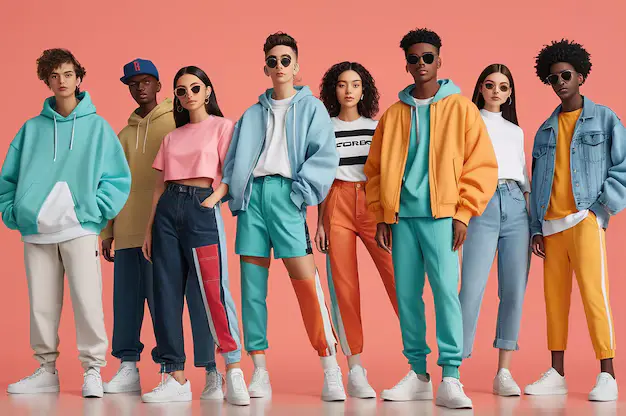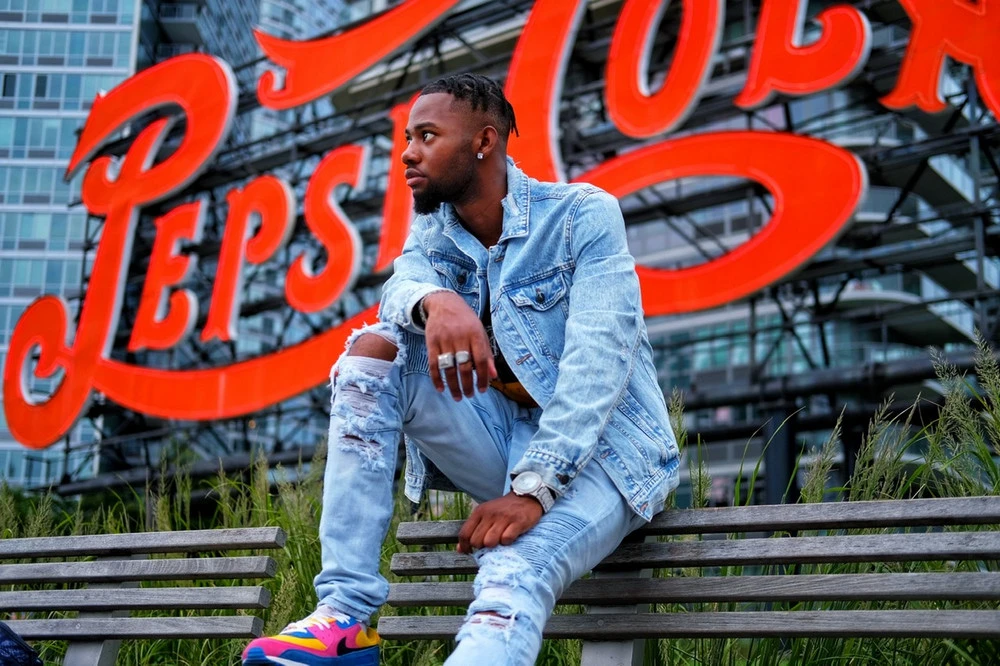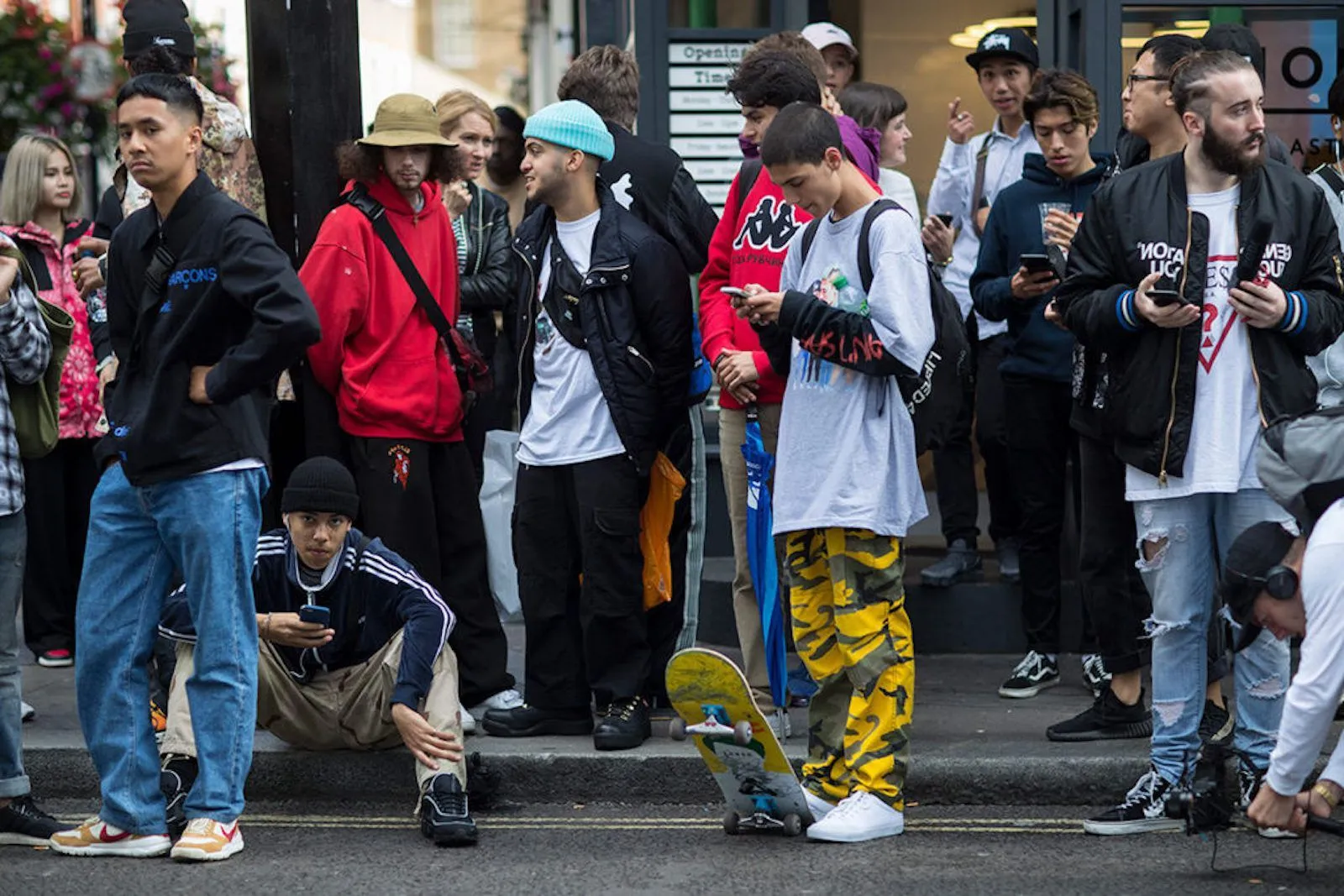Street wear what is it ? it’s over style of fashion. Over the last couple of years, strains amongst street wear and extra style have blurred to shape a dynamic panorama that reshapes the business. Once taken into consideration awesome and separate, street wear has infiltrated the area of luxurious style; it impacts the style aesthetic, marketing strategies, and purchaser behaviors. Allow us to see the way in which street wear has been a driving force in high fashion and what this cultural revolution holds for the way forward for style.
The Rise of Street wear
It was in the 1980s and 1990s that street wear was born, based in urban life and cloaked in the energy of skateboarding, hip-hop, and teenagers’ subcultures. Supreme, Stüssy, and A Bathing Ape—brands known for bold graphics, limited drops, and community-based approach—rose to prominence. As these brands developed a constituency, they soon found interest from high fashion, paving the way for one of the most wholesale changes the industry has ever had.
1.Casual Aesthetics

High fashion is classically associated with formal wear and defined silhouettes, but casual, comfortable aesthetics of street wear have found their way into luxury collections. Designers like Virgil Abloh of Off-White and Demna Gvasalia of Balenciaga have lately been embracing oversized suits, hoodies, and joggers, and are redefining what luxury resembles. This shift toward comfort follows a much larger cultural shift involving buyers, wherein practicality is blurred with fashion.
2.Collaborations and Limited Editions

The collaboration between street wear brands and excessive fashion houses has been one of the defining characteristics of this impression. Excessive-profile collaborations, comparable to Supreme x Louis Vuitton and Nike x Off-White, have created a substantial amount of buzz and exclusivity. These collaborations not solely bridge the area between the two worlds however create a feel of urgency with clients, which fuels demand for constrained-version items.
3.Cultural References,

Street wear lives off cultural references, borrowing from music, art, and social movements to create inspiration. Through this approach, extreme fashion has been propelled to include stories that reflect diversity and inclusivity. Designers are now more likely to reflect street culture and urban subject matters into their collections, celebrating a bigger spread of identities and experiences.
4.Direct-to-Consumer Models

models image Street wear brands have paved the way for direct-to-consumer sales through social media and the Web, going directly to their ideal customer. It’s a business model that has forced high-end fashion brands to do similar things engage with customers on social networks and create special online releases. What this does is make the luxury market so much more accessible to the general consumer—businesses with which consumers WTF feel closer.
5.Focus on Community 
The network-driven approach of street wear has innovated the way luxury brands engage with their customers. In high fashion today, one recognizes the need for building a community that is loyal through frequent activities, social media engagement, and logo storytelling. This emphasis on authenticity has become crucial in attracting youthful consumers who value brand integrity.
The Future of Fashion

As street wear continues persuading excessive fashion, so does the prospective future look promising for this style fusion. Continuous collaboration among luxurious homes and street wear brands resonates with the will to innovate, eventually adapting to customer possibilities in conversion. What’s more, considering sustainability becomes a concern in style, street wear’s emphasis on authenticity and cultural relevance may mean greater friendly practices within excessive-quit fashion.
Conclusion
The over style of street wear affects cultural change in the industry. Gender Fluidity in Fashion Shattering Traditional Boundaries In a world where fashion has incorporated elements from informal aesthetics, community activation, and diverse inspiration, it has become all the more inclusive and accessible. As these worlds continue to blend, we may just expect even further innovation in design and dynamic collaborations that give shape to our experience with fashion and comfort in the years to come. The future of fashion is, therefore, totally bright, mixing the necessity of street lifestyle with the sophistication that excessive style can give.




Pingback: Evolvement of Fashion Trends, Influence and Sustainability
Pingback: Street Style Around The World
Pingback: Top 6 African Women's Outfits
Pingback: Mens Casual Shoes A Descent into Fashionable
Pingback: All About The 90s Outfits
Pingback: Fashion Evolution Trends, Influence